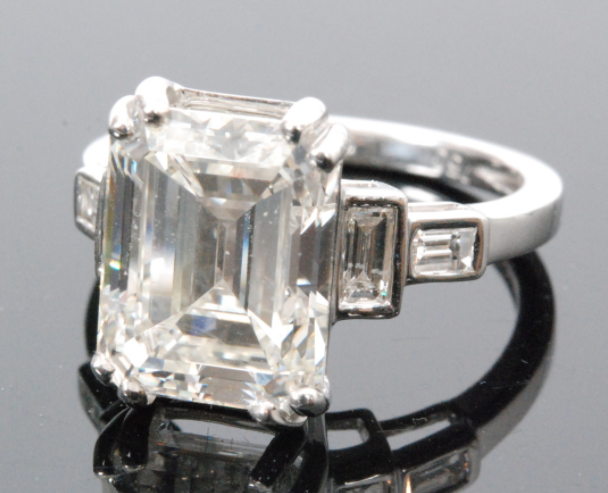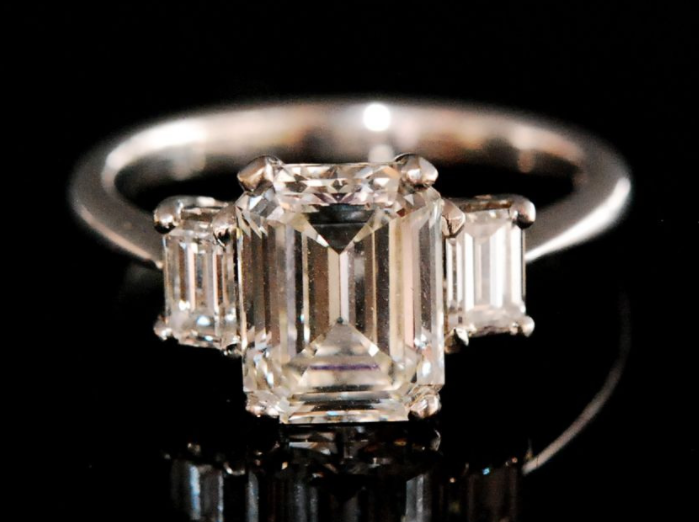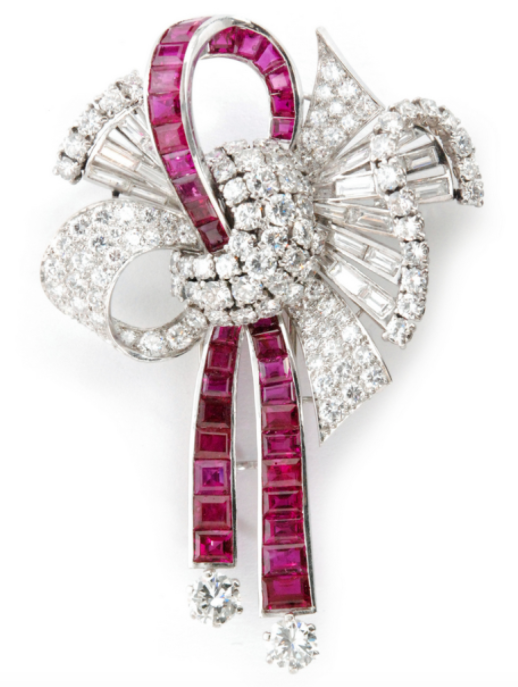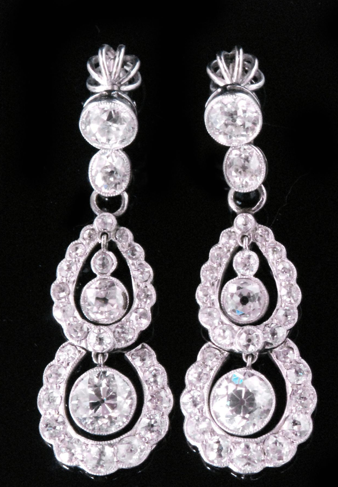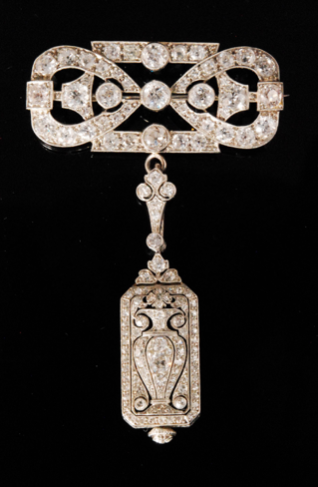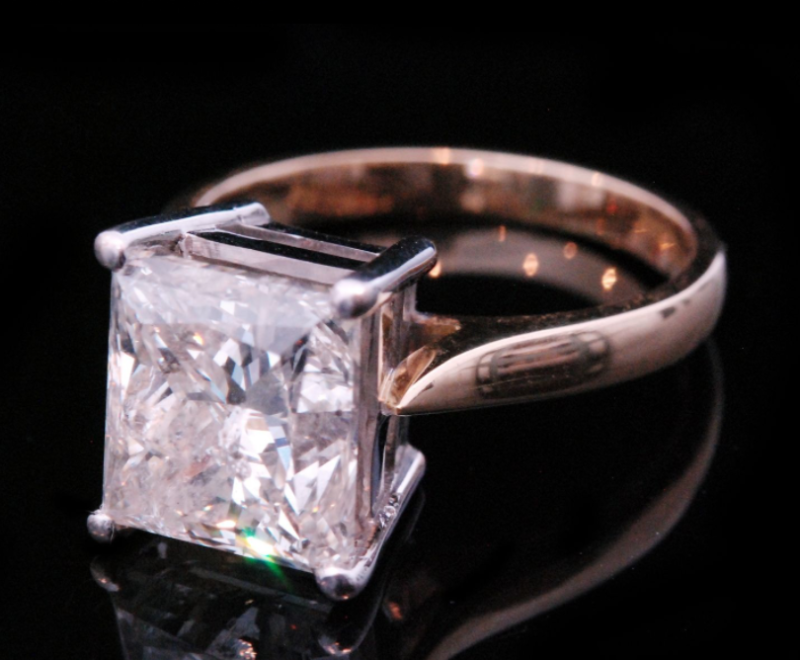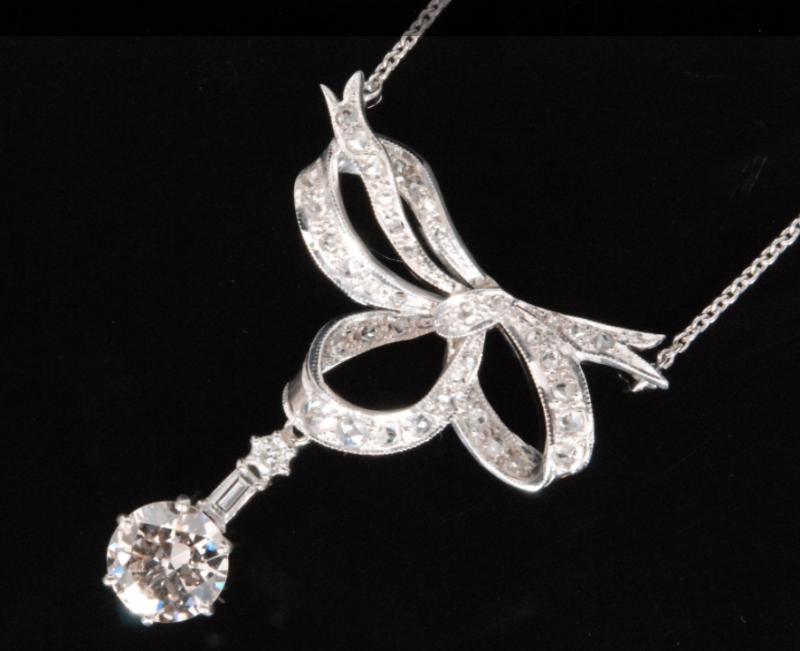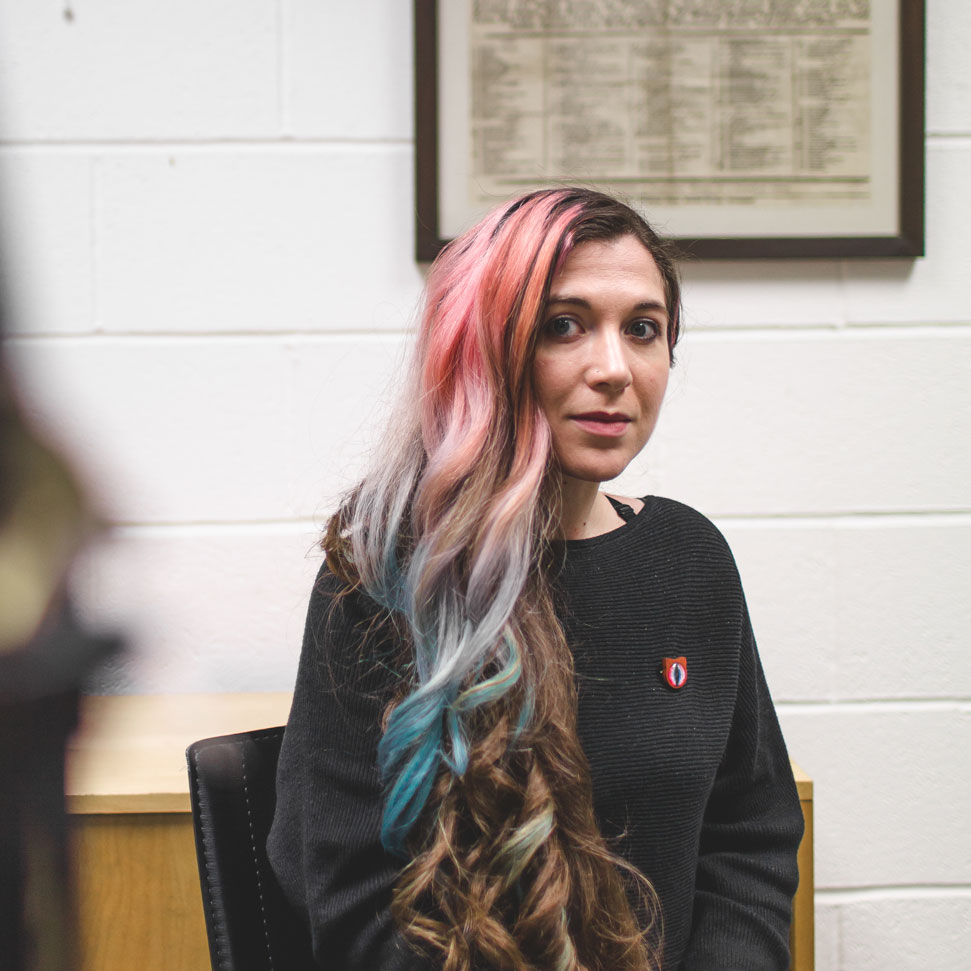Throw back Thursday - Dazzling Diamonds!
As Marylin Monroe once declared...'Diamonds are a girls best friend". In these difficult times many people are looking for alternate investments! With this in mind its worth realising that diamonds can actually be everyones best friend. Today we look at this most beautiful of stones and some of the stunning examples we've handled over the years together with a guide to buying diamonds and diamond set jewellery.
Austerity may be the watchword of the moment, but the demand for luxury goods continues unabated, nowhere more so than in the jewellery sector. For some, splashing the cash on high value items creates a welcome feeling that things aren't so bad. For others, it may be tempting to think jewellery is an alternative safe haven to traditional investments, and one that is considerably more enjoyable to own. Today many investors are turning to diamonds for their long-term value, as well as their aesthetic qualities and while we appreciate that times are difficult they can prove a good long term investment.
The notion that jewellery retains its value is ingrained in traditions and cultures around the world: tribal communities sometimes use beads as currency, while in other countries jewellery may be offered as a wedding dowry. The implication is that jewellery endures and retains its value over the long term. Jewellery is also extremely portable, and gold and diamonds have often been smuggled by refugees forced to flee a country wanting to take their wealth with them.
Some people have a perception when they buy a piece of new jewellery that it will go up substantially in value over time however they can be disappointed to find out that it hasn't. In practice, it can take 30 years or so to get back the initial value when you come to sell it.
Across the country high streets are full of top quality jewellery stores filled with beautiful stones in the latest styles however don’t rule out antique and estate jewellery which can be both stunning and in many cases unique! While antique jewellery can be beautiful it is also wonderful to wear and can make a great investment. Many collectors start off with an inheritance piece while others just fall for the magic and charm of a vintage piece. Once it grabs you it often gets under your skin with the history, romance and of course quality.
Centuries of style…
Every era has its own language and style that can be identified quite quickly. With a little homework you can soon familiarise yourself with each periods shape, style and form.
Georgian - The pieces of this period were highly influenced by the Classical revival during Napoleon's First Empire; the delicate dresses and low necklines of the day were complemented by chandelier earrings, Riviera necklaces and feminine floral spray brooches.
Victorian – Jewels of the later 19th century are encrypted with hidden sentimental messages of love and romance with motifs like hearts, bows and flowers.
Edwardian – At the start of the 20th Century the trend moved towards white gold and platinum often studded with diamonds to create delicate pendants, floral garlands or striking crescents.
Art Deco – Pieces of this period are instantly recognizable with their streamlined or geometric forms. Sophistication was key with large bright diamonds highlighted with rubies or emeralds, think style, glamour and of course Hollywood!
Post War - From the Forties through to the early Sixties, floral forms became the key accent in ladies jewellery with large sprays of stone set flowers. Rings also developed on from the Art Deco style with large dressy cocktail rings in bright gold with dramatic settings.
While clothes wear out and most consumer goods are likely to deteriorate and be replaced, a piece of jewellery which has been cared for can last for generations. Jewellery should always retain at least part of its value and can potentially increase that many times over depending on the quality and rarity of the piece.
One of the reasons for building a collection of jewellery is that simply owning and wearing a nicely crafted piece gives you pleasure. It can also make sense to structure your collection around a particular theme. You can collect items by a specific designer and if your wallet allows you could even consider investing in quality brands such as Cartier, Bulgari and Van Cleef as these are some of the most secure investments. People who invest in jewellery often need the security these names provide as a guarantee of quality.
Experts advise you to buy the best examples that you can afford, and remember that while jewellery typically has a high mark-up, the seller’s margin is likely to be lower as the value increases. While antique jewellery has clearly had a long life before it gets to you, ensure that its overall quality is as close to perfect as possible, as it will likely hold its value better in the long term.
To take diamonds as an example experience suggests that examples of medium quality and without obvious flaws are the easiest to sell and will appreciate at a similar rate to a more expensive stone. In addition, while you may like more intricate designs, remember that a single stone may be cheaper to re-set, and a classic brilliant cut will be less susceptible to fashion and therefore easier to re-sell.
Of course, a jewellery collection that is worth many thousands of pounds is nevertheless relatively small, light and portable so it’s best to keep it well hidden and to make sure that it is properly insured. Remember that as with all investments the market can go down as well as up. That said there are few things in life as captivating as the sparkle of a stone so splash out, invest and enjoy.
Top tips for collecting antique diamond jewellery
No 1 - Look out for corroded or worn mounts and missing or cracked stones. Scratches in the metal mounts can be polished or restored as can worn stones however this can be costly dependent on the level of wear. Avoid pieces with poor quality repairs.
No 2 – Don’t lose your new piece - Fastenings should always be tested to see if they still work effectively. Also its worth considering having extra safety catches applied, especially to expensive pieces.
No 3 - Check for any dust and dirt around the stones that could indicate age, most ladies wear their rings day in and day out meaning a gradual build up of dirt! A good clean can transform the brightness, colour and clarity of a stone set piece
No 4 – Stone set jewellery should really be stored individually as even the hardest stones can wear and chip! If you’re prepared to invest good money in a new ring or brooch, spend that extra few pounds and purchase some soft cloth pouches or a good jewellery box to keep your treasures safe.
No 5 - Finally when buying a diamond always remember the the four ‘Cs’ — colour, cut, carat and clarity. Some buyers would always rather buy a small but more perfectly formed stone while others would rather opt for the ‘more flash, than cash’ option!
Do you have a piece of jewellery you'd like us to look at? Are you insuring your pieces rather than wearing them, or maybe you're thinking of investing in a piece of jewellery? What ever your question, our jewellery specialist Nick Davies is here to help. Nick is still working, appraising and advising so please don't hesitate to contact him. Buyer or seller we'd love to help answer any questions you may have.
Email - nick@fieldingsauctioneers.co.uk
CLICK HERE TO VIEW SOME PAST RESULTS
Posted on 7 May 2020
Be in the know
Sign up for auction email alerts so you never miss another sale at Fieldings!
Register now
